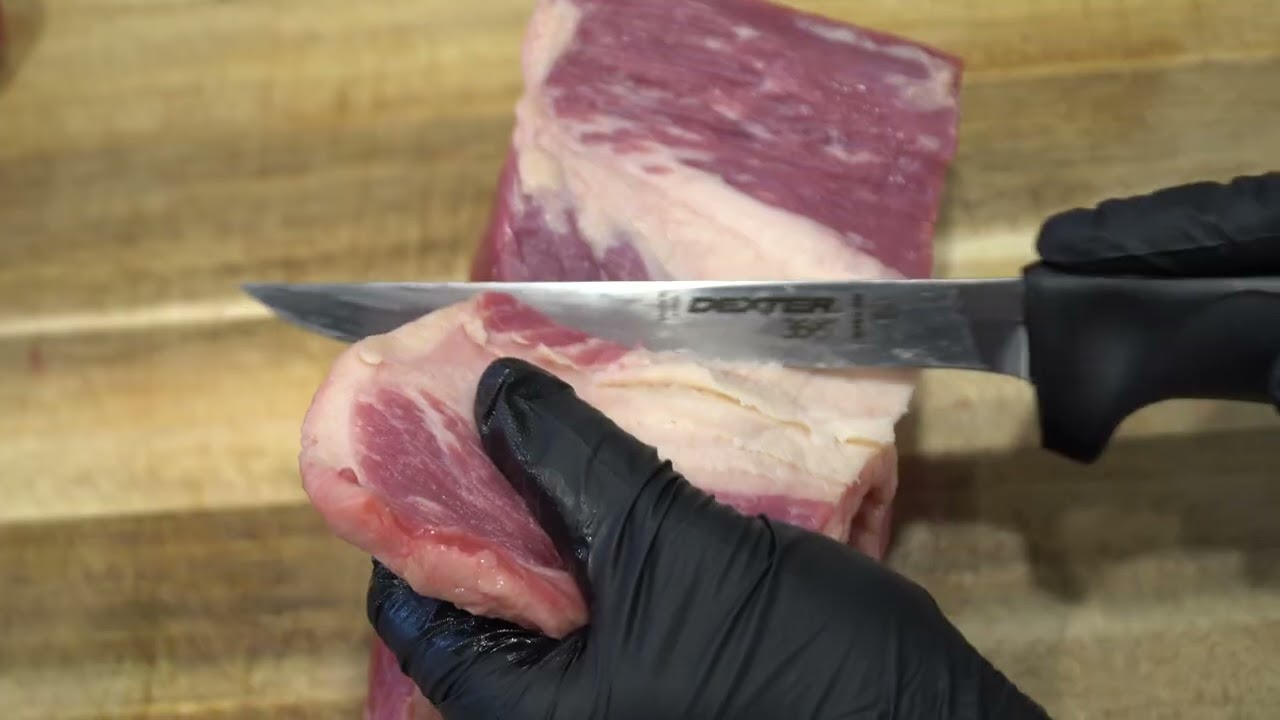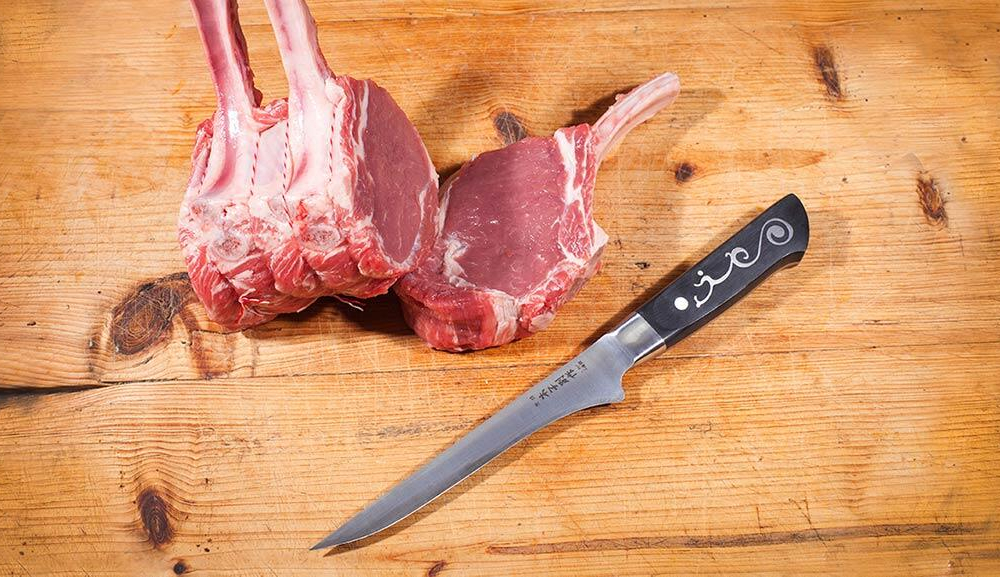In the world of culinary arts, having the right tools can make a significant difference. One such tool that stands out is the boning knife for home butchering. This versatile and essential kitchen tool is a must-have for anyone serious about butchering meat at home. Whether you are a seasoned chef or a cooking enthusiast, understanding the intricacies of a boning knife can elevate your culinary skills to the next level.

What is a Boning Knife?
A boning knife is a specialized kitchen knife designed for removing bones from meat, poultry, and fish. It features a narrow, flexible blade that allows for precise cuts close to the bone. This flexibility is crucial for maneuvering around joints and getting into tight spaces, ensuring that you can separate meat from the bone with ease and minimal waste. It is an indispensable tool for anyone interested in home butchering.
Types of Boning Knives
There are several types of boning knives, each suited for different tasks. Understanding these variations can help you choose the right knife for your needs:
Flexible Boning Knife
This type of boning knife is ideal for delicate meats like fish. Its flexibility allows for intricate cuts and helps in following the contours of the meat closely.
Semi-Flexible Boning Knife
A semi-flexible boning knife provides a balance between flexibility and rigidity, making it suitable for a variety of meats, including poultry and beef.
Rigid Boning Knife
This knife is perfect for tougher meats where more force is required. The rigid blade ensures strength and durability for cutting through thicker sections.
Choosing the Right Boning Knife for Home Butchering
Selecting the right boning knife involves considering several factors. Here are some tips to guide your decision:
Blade Material
The material of the blade affects both the performance and longevity of the knife. Stainless steel is a popular choice due to its resistance to rust and ease of maintenance.
Handle Design
The handle should provide a comfortable grip to ensure precision and safety during use. Ergonomic designs are recommended for extended use.
Blade Length
Boning knives typically range from 5 to 7 inches in length. A shorter blade offers more control, while a longer blade is useful for larger cuts of meat.
Proper Grip and Technique
Mastering the proper grip and technique is vital when using a boning knife for home butchering. Holding the knife correctly ensures safety and enhances precision. For detailed guidance, consider exploring boning knife grip styles.
Maintenance and Care
Maintaining your boning knife is essential for its longevity and performance. Regular sharpening and proper storage are key. Using a sharpening stone or honing rod can keep the blade in top condition. For more on sharpening techniques, visit boning knife sharpening angle.
Common Mistakes to Avoid
When using a boning knife, certain mistakes can hinder your butchering process. Avoid using excessive force or the wrong type of knife for the task at hand. This can result in damaged meat or injury.
Advantages of Home Butchering
Home butchering offers numerous benefits, including cost savings and the ability to control the quality of meat you consume. With a reliable boning knife, you can efficiently manage your butchering tasks.
Environmental Impact
By butchering meat at home, you can contribute to reducing waste. Properly using a boning knife allows you to utilize more parts of the meat, minimizing leftovers.
Enhancing Your Culinary Skills
Using a boning knife not only improves your butchering skills but also enhances your overall cooking abilities. It encourages precision and creativity in the kitchen.
Recommended Boning Knives
While there are many boning knives available, some stand out due to their quality and performance. Brands like Wsthof and Victorinox are highly recommended by professionals.

FAQs
What is the best boning knife for beginners?
For beginners, a semi-flexible boning knife is often recommended due to its versatility and ease of use.
Can a boning knife be used for filleting fish?
Yes, a flexible boning knife is excellent for filleting fish, allowing for precise cuts.
How often should I sharpen my boning knife?
Regular sharpening is advised, ideally after every few uses, to maintain its performance.
For more insights on the differences between curved and straight boning knives, visit an external resource here.
This article contains affiliate links. We may earn a commission at no extra cost to you.


